An analysis of sediment core samples taken at the Salmon River Estuary in Oregon provides evidence that the massive 1700 Cascadia earthquake caused 15 meters of slip along the shoreline, which lead to over a meter of coastal subsidence. Plus, all the rocket launches, a few mission updates, making Mars bricks with urea, and an interview with Maggie Thompson from UC Santa Cruz about using methane as a biosignature.
Podcast
[powerpess]
Show Notes
Rocket update 4/26
SpaceX launches Starlink, spysat
- SpaceX mission page
Crew Dragon Endeavour returns to Earth for third time
- Axiom Space press release
NASA’s Lucy spacecraft to attempt solar array deployment
OSIRIS-REx gets new name, mission extension
- The University of Arizona press release
Glaciers: See them before they’re gone
- AGU press release
- “Glaciers of the Olympic Mountains, Washington—The Past and Future 100 Years,” Andrew G. Fountain et al., 2022 April 19, JGR Earth Surface
New fossil data shows Cascadia’s dangers
- SSA press release
Bacteria may build our Martian future
- Indian Institute of Science press release
- “Microbial induced calcite precipitation can consolidate martian and lunar regolith simulants,” Rashmi Dikshit et al., 2022 April 14, PLOS ONE
How to use methane as a sign of life
- UCSC press release
- “The case and context for atmospheric methane as an exoplanet biosignature,” Maggie A. Thompson et al., 2022 March 30, PNAS
Transcript
Remember before the break when we said a whole lot of rockets were going to launch? Well, a whole lot of them actually did.
And of course, there was a wide range of mission updates and science stories that came out last week as well.
Plus, Beth will be joining us later for an interview with Maggie Thompson about using methane as a biosignature.
All that and more, right here on the Daily Space.
I am your host Dr. Pamela Gay.
And I am your host Erik Madaus.
And we’re here to put science in your brain.
We were on break, so of course, all the rockets launched. There were four launches in total — two from China and two from the U.S. The two Chinese launches consisted of a new geostationary communications satellite called Chinasat 6D and a civilian environmental monitoring satellite called Daqi-1, which will be used to monitor the atmosphere.
The two American launches were both by SpaceX. As usual, they launched another batch of 53 Starlink satellites. The booster from that launch landed for the twelfth time on a droneship, making it just the second booster to do so.

The other SpaceX launch during our break was a west coast launch of a Falcon 9 from Vandenberg Space Force Base in southern California that was on just its second flight. It was carrying the NROL-85 mission, a classified payload for the National Reconnaissance Office. NROL-85 was the first NRO mission to launch on a reused Falcon 9, in this case, the booster from the NROL-87 mission only a few months ago. Yes, NROL-85 was launched after NROL-87 because NRO launch numbers are rarely, if ever, in sequential order.
As usual for national security missions, no details of the payload were disclosed. The webcast was treated to uninterrupted views from the first stage, showing the almost cloud-free California coast as it returned to the launch site after separating from the second stage. Return to Launch Site maneuvers to Vandenberg are always exciting because the landing pad is less than 500 meters from the launch pad.
SpaceX ended the webcast after landing, confirming mission success on Twitter later the day.
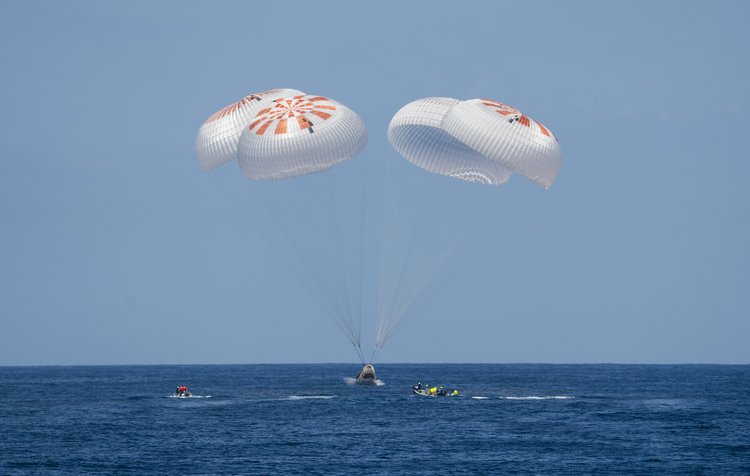
In other SpaceX news, Axiom’s Ax-1 crew returned to Earth on April 25, after spending seventeen days in space, a week more than planned due to weather conditions at the landing zones. As usual, Crew Dragon Endeavour undocked the evening before, on the 24th, and the crew spent several hours preparing the capsule for return. It splashed down in the Atlantic Ocean just off the coast of Florida at 17:06 UTC.
Unlike the previous Dragon 2 parachute deployments, all four parachutes deployed evenly at the same time. The previous odd behavior wasn’t a problem, however, just a known side effect of a multi-chute system. At a post-landing press conference, Axiom director of flight operations and training, Derek Hassmann, said the crew was “in great spirits”. Ax-2, the next private mission to the International Space Station (ISS) is scheduled to fly “next spring”, having been rescheduled from later this year.
The data on Endeavour’s performance will be incorporated into the Flight Readiness Review for the next Crew Dragon mission: SpaceX Crew-4. Crew-4 will be a rapid turnaround for SpaceX’s Mission Control but not for the capsule because it is brand new. Crew Dragon Freedom will be the last new-build Crew Dragon, as SpaceX decided it has enough capsules to meet NASA’s needs for the rest of the ISS’s lifespan. SpaceX will continue to make parts for the Crew Dragons, however, as not everything is able to be refurbished.
Crew-4 will carry three NASA astronauts and one ESA astronaut to the ISS for a six-month mission.
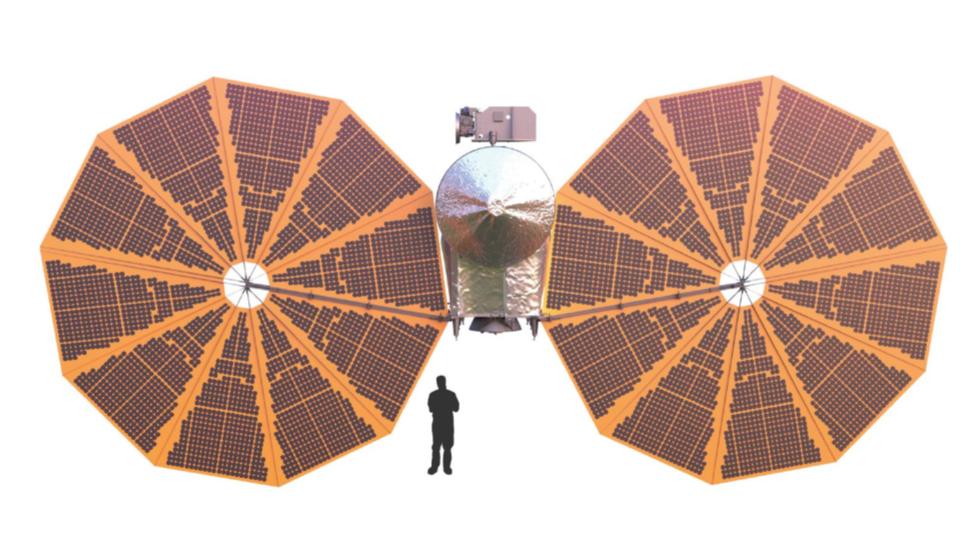
After launching late last year, NASA’s Lucy spacecraft to the Jupiter Trojans began to deploy its solar arrays. One of the arrays deployed and latched, but the other got stuck about 95% of the way open or 345 degrees out of 360. The solar arrays are unfurled using an about 800-centimeter long lanyard, or rope system. The lanyard has a prime and a backup motor. According to the team, between 50 and 100 centimeters of the rope are stuck.
In early May, the team will use both motors at the same time in a brief tug to hopefully free the remaining rope and latch the solar panel. Ground tests showed this might be possible.
The array is producing 90% of the expected power, which is not a concern for the rest of the mission. What is a concern is the potential for damage to the unlatched array once Lucy starts using its main engine. If this next attempt does not fully latch the solar panel, which engineers think it might not, teams will try again a month later after gathering data.
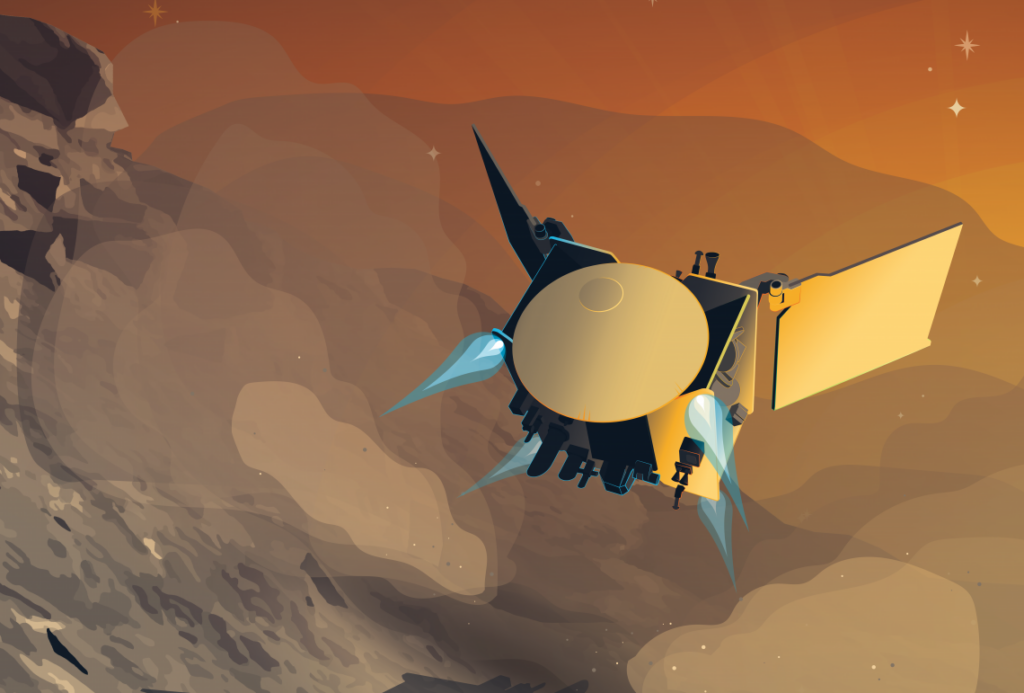
To round out our rocket news, we have an update on everyone’s favorite rock puncher. On April 25, NASA announced that the OSIRIS-REx mission will be extended to visit asteroid Apophis after it delivers its sample of Bennu to Earth next year. The new mission, called OSIRIS-APEX, for OSIRIS Apophis Explorer, will spend eighteen months orbiting the asteroid once considered a threat to Earth.
When it was discovered in 2004, Apophis was predicted to impact the Earth in 2029, causing a disaster. Happily, more data on its orbit has subsequently ruled that out.
OSIRIS-APEX will even conduct another one of the Touch and Go (TAG) maneuvers, though not to collect a sample as there’s nothing to return it in; rather, they’ll do it just to reveal some of the asteroid’s subsurface.
Coming up next, Pamela will talk about some of the weird and not-so-good science news that came in last week.
After taking last week off, I am here with a grab bag of news: some bad, some scary, and some “huh, that’s just cool”.
Let’s start with the bad stuff, which, as seems to be true far too often, is news related to our own planet Earth.
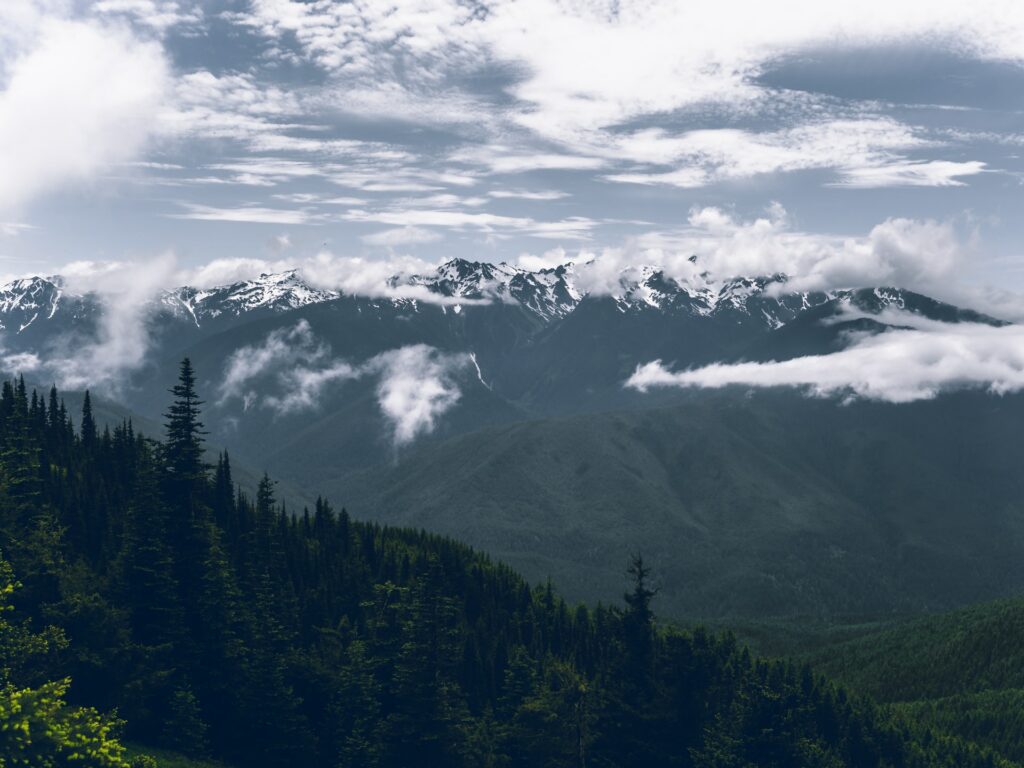
If you haven’t been to Washington State’s Olympic Park to see the glaciers, go now. According to a new study in the Journal of Geophysical Research: Earth Surface, led by Andrew Fountain, the 255 glaciers and perennial snowfields of the Olympic Mountains had half the amount of snow and ice coverage they had in 1900. Since just 1980, 35 glaciers and sixteen perennial snowfields have disappeared. To quote the paper’s abstract: With warmer summers causing more ice melt and warmer winters causing less snowfall, the glaciers are being hammered in both seasons.
Based on the trends they have studied in those 115 years of historical data, it is expected that by 2070, there will no longer be any glaciers in the Olympic Mountains.
Beyond just showing how much we can change our landscape visually, these changes also affect the ability of the flora and fauna of the region to survive, and with no future seasonal glacial runoff, the landscape downstream will change as downstream simply becomes downhill… with no more stream.
The Pacific Northwest has always been a place of extremes. This stunning, temperate rain forest is home to some of the nation’s coolest land animals, largest trees, and scariest earthquakes.
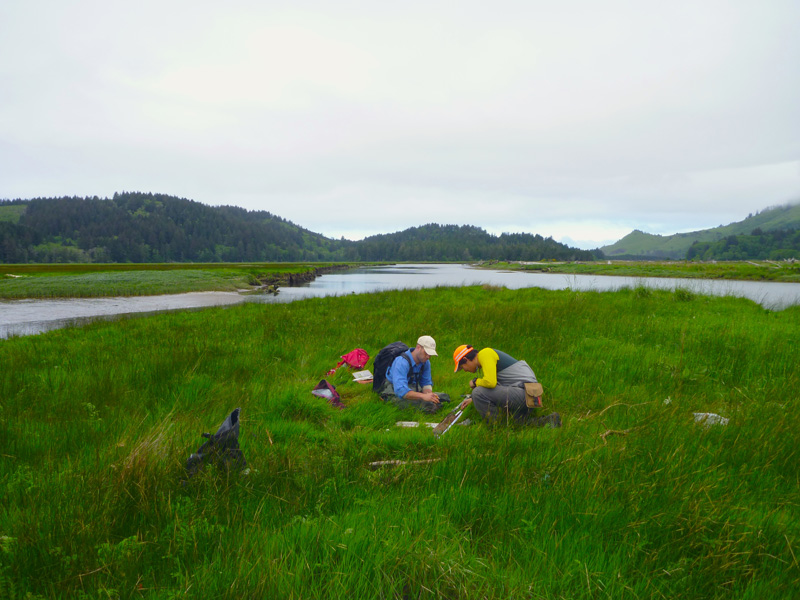
Back in 1700, on January 26 to be exact, an earthquake between 8.7 and 9.2 shook the region that is now northern Washington and southern British Columbia. We know the exact date because of Japan’s careful recording of tsunamis. That day, a ghost tsunami, one with no known earthquake, hit Japan. Tsunami also washed through much of the Cascadia region, destroying numerous villages.
Understanding that historic quake is necessary to understand what will happen when that particular fault lets off energy again. Historically, the fault appears to let go roughly every 300 to 600 years, and, as I said, the last big quake was in 1700. And by “letting go”, I mean that the fault has earthquakes rated magnitude 8 or higher that will trigger devastating tsunamis. Researchers have studied tree rings, inland salt marshes, the histories of the First Nations peoples of the region, and pretty much everything else they can get their hands on.
And, in a new study in the Bulletin of the Seismological Society of America, researchers led by Andrew Kemp document how they have used fossils to study not just the quake of 1700 but also four additional quakes over the past 2,200 years.
This evidence came from the layering of fossils in the Salmon River Estuary. At this site, the tsunami in 1700 pushed material 3.4 kilometers inland. This study’s researchers obtained 105 core samples from around the estuary and also used data from 114 cores used in a study done in the 1980s and 90s. In these cores, they can both see layers of sand and a variety of microfossils that, together, tell a story of these past quakes. For 1700, the story is simple – fifteen meters of slip led to a meter or more of coastal subsidence.
This data was entirely consistent with this fault line being one of the most dangerous in the world. Nothing was found to lessen our reasons to worry. This is your semi-periodic reminder that if you live in an earthquake or tornado region, you need to always have an emergency kit in your car and a go-bag and emergency kit in your house. We’ll have links on our website on how to put one together. Stay safe, folks. The world likes to sometimes rock and roll and slip and slide.
After that bad news about the glaciers and that scary update on Cascadia, I now have a third story that was not led by someone named Andrew.
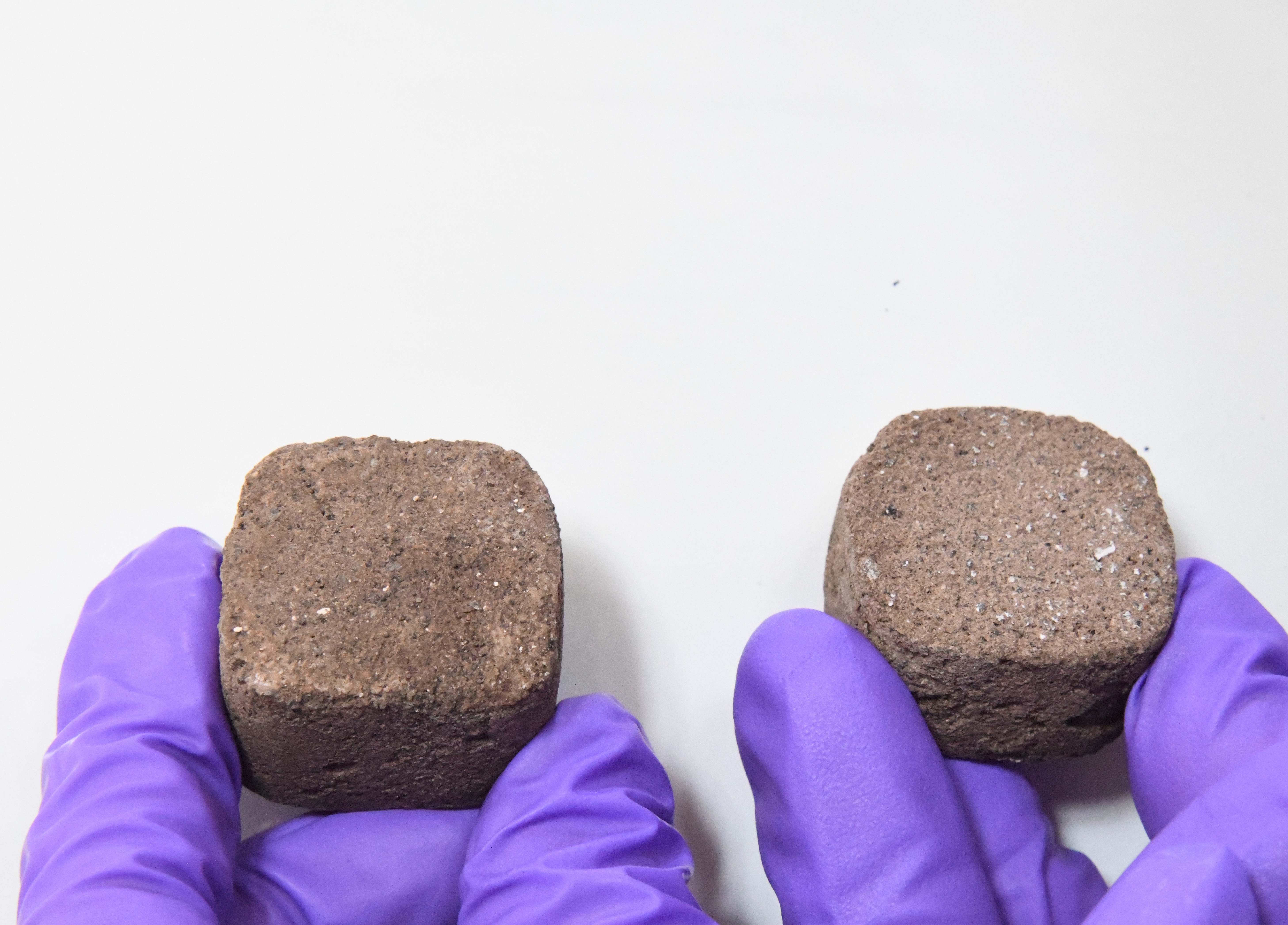
In a new study in PLOS ONE, researchers led by Rashmi Dikshit demonstrate how bacteria and urea can be mixed with Martian or lunar soil to make bricks. Now, if you’re thinking, “I don’t want to live in a building made of pee and bacteria”, I’m with you. But the first settlers on any world are going to have very limited options for building materials, and in the absence of trees to cut down and the energy needed to quarry stone, pee bricks it is.
As described in the press release: A slurry is first created by mixing Martian soil with guar gum, a bacterium called Sporosarcina pasteurii, urea, and nickel chloride (NiCl2). This slurry can be poured into molds of any desired shape, and over a few days, the bacteria convert the urea into crystals of calcium carbonate. These crystals, along with biopolymers secreted by the microbes, act as the cement holding the soil particles together.”
While urea is a protein found abundantly in mammal urine, in this case, the researchers obtained the urea from those Sporosarcina pasteurii. The bricks made so far aren’t quite as stomach-turning as they could be. I just know, having watched The Martian, that you never know what an astronaut is going to be asked to recycle.
All right, that is enough questionable biology for this space science show. Next up, we have some unquestionably awesome astrobiology as Maggie Thompson joins Beth for an interview.
Interview
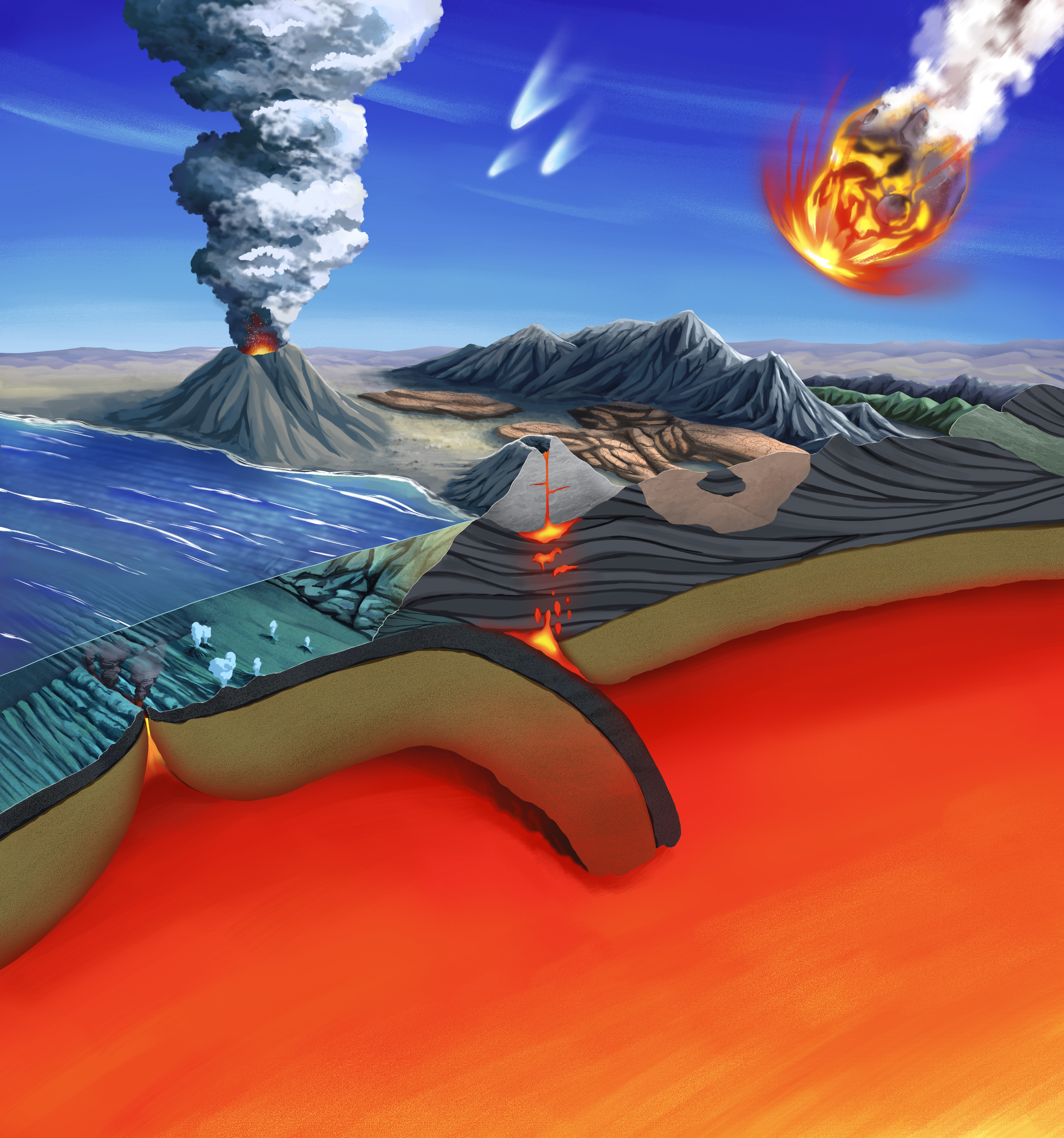
As we told you about a few weeks ago, a recent study published in Proceedings of the National Academy of Science focused on one particular potential sign of life: methane. In particular, this study sought to list out the circumstances under which biological sources of methane should be considered when it comes to a rocky world.
Yes, there are abiogenic sources of methane like volcanoes and hydrothermal vents, but if you combine their presence with the presence or lack thereof of another gas, you might be able to say that the results are a potential biosignature. And methane breaks down really easily in sunlight, so if you’re finding it someplace older and established, there should be a source to find as well.
All of this methane speculation mostly came about because we keep detecting methane on Mars, but explanations are, well, light on the ground.
Joining me now is Maggie Thompson from the University of California Santa Cruz (go Banana Slugs!) to talk about just how we might use methane as a biosignature. Maggie is the lead author on this recent paper, and we’re thrilled to have her here today.
Thank you for joining us, Maggie, and welcome.
[Transcript unavailable]
Once again, thank you for being here today, Maggie. We look forward to hearing more from you and your work in the future. Good luck.
This has been the Daily Space.
To all of you watching, this conversation ran longer than we can air here on NowMedia. You can catch the interview in its entirety on our website, DailySpace.org.
While you’re there, check out our show notes to find more information on all our stories, including images. As always, we’re here thanks to the donations of people like you. If you like our content, please consider joining our Patreon at Patreon.com/CosmoQuestX.
Credits
Written by Pamela Gay, Beth Johnson, Erik Madaus, and Gordon Dewis
Hosted by Pamela Gay, Beth Johnson, and Erik Madaus
Audio and Video Editing by Ally Pelphrey
Content Editing by Beth Johnson
Intro and Outro music by Kevin MacLeod, https://incompetech.com/music/


 We record most shows live, on Twitch. Follow us today to get alerts when we go live.
We record most shows live, on Twitch. Follow us today to get alerts when we go live.